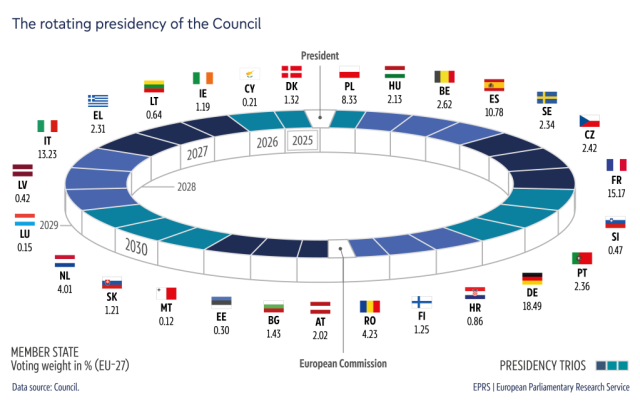Without a seamless IT experience, your staff will burn out or quit

Today’s employees expect an experience that is more like what they are used to as consumers, so they have less patience than ever for confusing, unreliable or fragmented workplace technology systems. When they shift to remote working, those frustrations can increase, raising the possibility that staff could burn out or quit their jobs entirely.
One positive of remote working for employers is that opens up the possibility of recruiting the best people for the job, wherever they are in the world. However, competition for the top talent will mean that employee experience will be a factor in attracting the best candidates. It is impossible to deliver a class-leading employee experience without understanding that technology problems are really people problems.
Software choices affect everyone
In our recent survey of home-working experiences, respondents were clear that they want to work from home, at least some of the time, once the pandemic is under control. However, more than half (54%) agree that the shift to home working has increased risk of burnout. Having the right technology is, according to almost four-fifths (78%) of those surveyed, essential.
How do you deal with that as a business? The question of which software tool to use was once a question for software engineers. Now it’s a wider corporate question. Professionals are using more technology than they used to and are having to take on more responsibility for managing, where previously they could rely on an expert. If they can’t do this successfully, they still need to get their job done, so they are likely to turn to shadow IT, using Zoom instead of Teams for video meetings, say.
If they continually meet this kind of frustration, that’s when they are likely to burn out or start looking for jobs elsewhere, ideally in a company where the technology works more seamlessly.
Create a harmonised IT estate
In the urgency of the pandemic, many businesses may not have had time to conduct a proper audit of their available tools and how they connect. But examining what you have available and whether you are getting the most out of your licensing to create a harmonised estate is a good first step.
The majority of our survey respondents (53%) said that when they don’t have in-house expertise they partner with a specialist, and that can be a useful strategy here. A specialist will begin with a consultancy piece, where they assess your current situation, and then recommend steps forward. Whatever software platforms you put in place, they can act as a single point of contact, removing the issue of multiple providers who point the finger at each other when something doesn’t work.
Whatever solution you choose, your priority as you move to the post-Covid ‘new normal’ must be to create a seamless working environment for your staff. What’s your plan for doing that?

Question?
Our specialists have the answer




